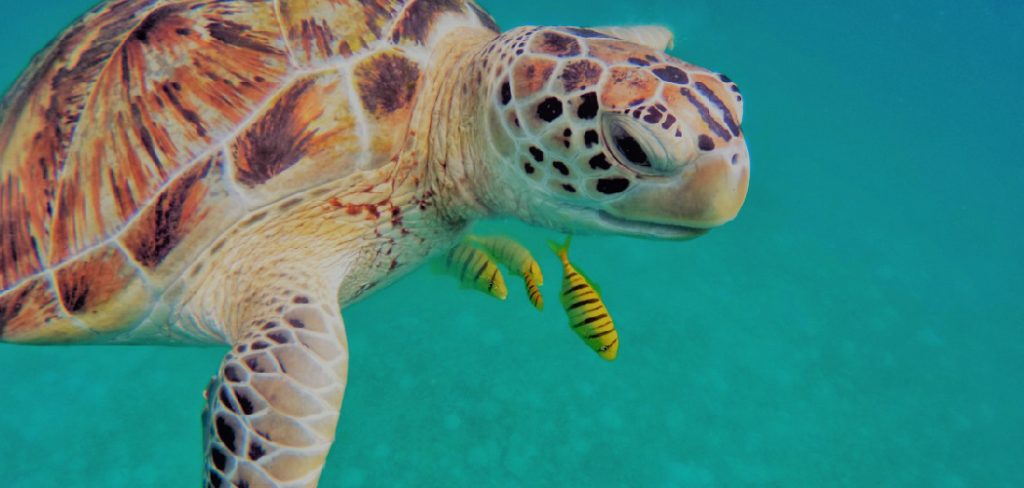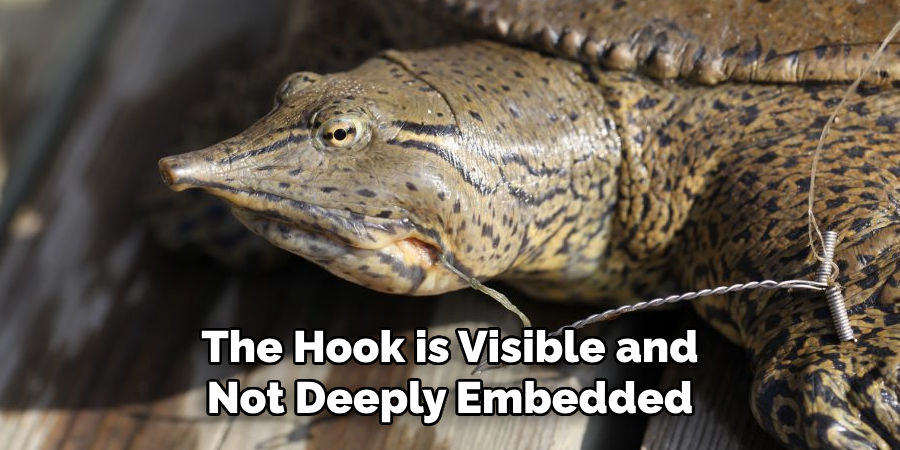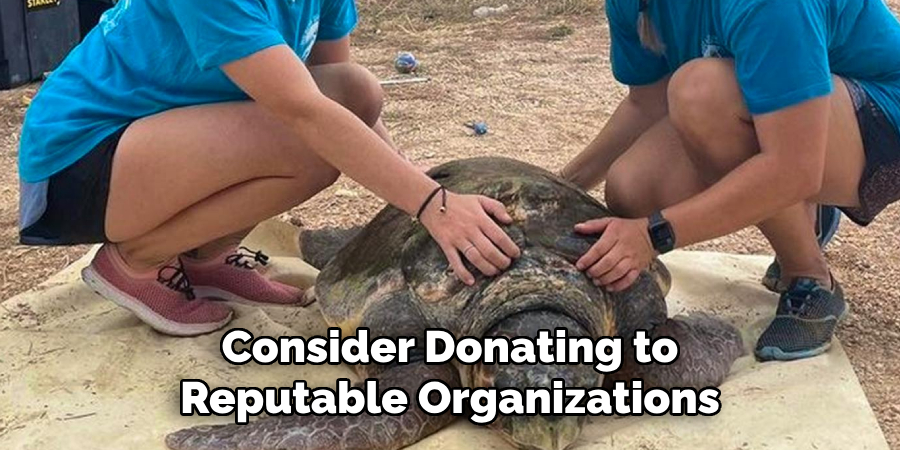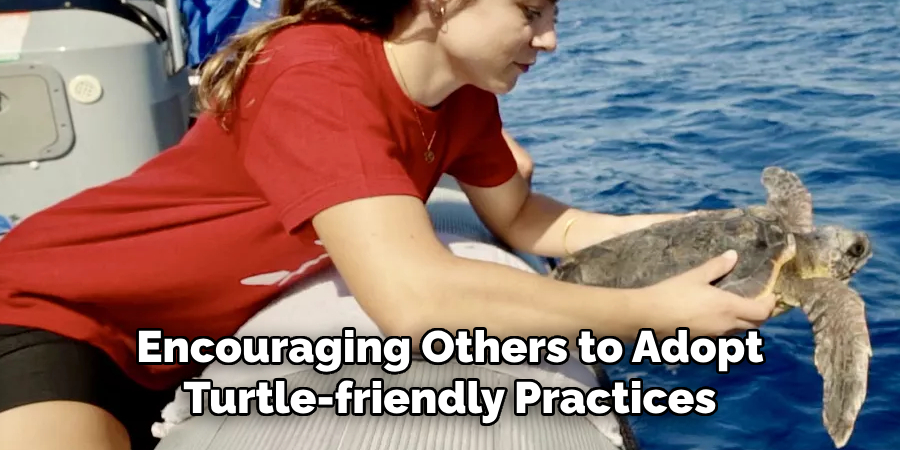Are you interested in learning how to unhook a turtle? If so, you’re in the right place! In this guide, we will walk you through the steps on how to safely and effectively unhook a turtle.
Unhook a turtle safely and effectively is essential for anglers and wildlife enthusiasts who encounter these creatures while fishing. Accidentally hooking a turtle can be stressful for both the individual and the animal, but understanding the proper techniques can help minimize harm and ensure the turtle’s well-being. By following a series of careful and deliberate steps, you can unhook the turtle responsibly and return it to its natural habitat safely.

This guide will walk you through the process so that you can handle such situations with confidence and care.
What Will You Need?
Before attempting to unhook a turtle, gathering the necessary tools and materials is essential. These items will help ensure your turtle’s safety and well-being.
- Pliers or De-hooking Tool: These remove the hook from the turtle’s mouth without causing further injury.
- Gloves: It’s always recommended to wear gloves when handling wildlife, as they can carry bacteria that can harm humans.
- Towel or Blanket: This will cover and restrain the turtle.
- Cutters: If the hook is deeply embedded in the turtle’s mouth, cutters may be needed to cut it out carefully. However, this should only be used as a last resort.
- Measuring Tape: It’s always helpful to have a measuring tape on hand to determine the size of the turtle and identify its species.
Once you have all the necessary items, you can proceed with the unhooking process.
10 Easy Steps on How to Unhook a Turtle
Step 1. Assess the Situation:
Before approaching the turtle, take a moment to assess the situation carefully. Look at the surrounding area to ensure it is safe for you and the turtle. If you are in a location with potential hazards, such as heavy waves, rocky terrain, or predators, consider moving the turtle to a safer environment. Observe the turtle’s behavior to determine its level of distress. If the turtle appears calm, proceed cautiously. However, if it is struggling or agitated, approach it with extra care to avoid causing further stress or injury. Always ensure you have all your tools and protective gear ready before making contact. Safety and preparation are key when handling wildlife.

Step 2. Approach the Turtle Gently:
Slowly and calmly approach the turtle to avoid startling it. Sudden movements or loud noises can increase the turtle’s stress and make the unhooking process more challenging. Keep a low profile and move steadily to show you are not a threat. If possible, approach the turtle from the side rather than head-on, as this is less intimidating for the animal. Ensure your hands are clean and free of substances that could harm the turtle, such as sunscreen or chemicals. Avoid directly touching its head or flippers right away, as these are sensitive areas for the turtle. By approaching gently and calmly, you can help create a safer and more relaxed environment for both you and the turtle.
Step 3. Secure the Turtle Safely:
Before removing the hook, ensure the turtle is secure to prevent it from hurting itself or you. Use a soft, damp towel or cloth to gently cover the turtle’s shell and flippers, which can help calm it down and give you a better grip. If the turtle struggles, pause and allow it to settle before continuing. Avoid placing excessive pressure on its body, and never hold it by its flippers or tail, as this can cause injury. Ensuring the turtle is stable and calm is essential for a successful and humane unhooking process.
Step 4. Remove the Hook Carefully:
Once the turtle is secure and calm, assess the hook’s location. If the hook is visible and not deeply embedded, use a pair of pliers or a dehooking tool to remove it gently. Grip the hook firmly and back it out along the curve to minimize damage to the turtle’s tissues. If the hook is swallowed or deeply embedded, do not attempt to remove it yourself, as this could cause further harm. Instead, contact a marine wildlife expert or veterinarian immediately. Always prioritize the turtle’s well-being during this process, and work patiently to avoid causing undue stress or injury.

Step 5. Release the Turtle Safely:
After the hook has been removed or while waiting for professional help, if removal is not possible, it is crucial to handle the release of the turtle with care. Place the turtle back into the water if it appears healthy and uninjured. Ensure that the water is calm and free of immediate hazards, such as boats or strong currents. If the turtle shows signs of distress or injury, keep it in a shaded, moist area and await guidance from a marine wildlife expert. Always handle the turtle gently and ensure its release is as stress-free as possible to maximize its chances of survival.
Step 6. Report the Incident:
After ensuring the turtle’s safety, reporting the incident to local marine conservation authorities or wildlife organizations is essential. Provide details such as the location, condition of the turtle, and any actions you took to assist it. Reporting these encounters helps experts track and understand human-wildlife interactions, contributing to long-term conservation efforts. Your report may also assist in identifying areas where intervention or public education may be needed. By taking this step, you help safeguard marine turtle populations and support broader conservation initiatives.
Step 7. Spread Awareness:
One of the most impactful ways to contribute to marine turtle conservation is by spreading awareness. Share your experience and knowledge with friends, family, and local community. Educate others about the importance of protecting marine life, the threats turtles face, and how simple actions, such as reducing plastic waste and avoiding disturbing natural habitats, can make a difference. By fostering a culture of environmental responsibility, you empower more people to take part in preserving these magnificent creatures and their ecosystems.
Step 8. Support Conservation Organizations:
Another vital step in protecting marine turtles is to support conservation organizations actively. These groups work tirelessly to protect aquatic habitats, conduct research, and implement strategies to reduce threats to turtle populations. Consider donating to reputable organizations, volunteering, or participating in their programs. Many initiatives focus on habitat restoration, nest protection, and reducing bycatch in fishing practices. Your contributions help these organizations continue their impactful efforts and expand their reach in safeguarding marine turtles and the delicate ecosystems they inhabit.

Step 9. Educate and Raise Awareness:
One of the most effective ways to support marine turtle conservation is by educating others and raising awareness about their plight. Share information about these creatures’ threats, such as pollution, habitat destruction, and climate change, through social media, community events, or educational programs. Encouraging others to adopt turtle-friendly practices—like reducing plastic usage or avoiding interfering with nesting sites—can amplify the collective impact. By spreading knowledge, you inspire more people to join the movement to protect marine turtles and ensure their survival for future generations.
Step 10. Advocate for Policy Change:
Advocating for stronger environmental policies is a powerful way to contribute to marine turtle conservation. Support legislation that promotes habitat protection regulates fishing activities, and combats climate change to minimize threats to these species. Engage with policymakers by signing petitions, attending public hearings, or joining conservation groups that lobby for effective environmental policies. Collective efforts to influence systemic change can create long-term solutions for preserving marine turtles and their ecosystems.
By following these steps and actively participating in marine turtle conservation, you can make a meaningful difference in protecting these magnificent creatures.
5 Things You Should Avoid
- Yanking the Hook Out: Avoid pulling or yanking the hook forcefully, as it can cause severe injuries to the turtle, including tearing its internal tissues.
- Using Improper Tools: Do not use sharp or unsuitable tools that can worsen the injury. Always use proper tools like long-nosed pliers or line cutters designed for this purpose.
- Neglecting the Turtle’s Safety: Never handle the turtle roughly or hold it by its flippers or tail, as this can lead to additional stress or harm.
- Leaving the Hook in Place: Avoid leaving the hook embedded without attempting to safely remove it or seeking professional help, as it can lead to infections or long-term health issues.
- Ignoring Expert Help: Do not hesitate to contact local wildlife professionals or rehabilitation centers if you’re unsure how to proceed. Incorrect handling could endanger the turtle’s life further.
By avoiding these actions, you can help ensure the turtle’s and yourself’s safety during a hook removal process.

Conclusion
How to unhook a turtle requires patience, care, and appropriate tools to ensure the animal’s safety and well-being.
Always approach the situation calmly and handle the turtle with caution to minimize stress. Use proper tools like long-nosed pliers or line cutters to gently remove the hook without inflicting further harm. If the hook is deeply embedded or you cannot remove it safely, contact local wildlife professionals for assistance.
Taking these careful and deliberate steps can help protect the turtle from injury and contribute to its recovery in the wild.
About the Author
Jennifer Branett is the author of Fishy Kayak and an expert in fish-related fields, with over 10 years of experience. Her work blends passion for fishing with a commitment to conservation.
Educational Background
Degree: Bachelor’s in Marine Biology
Institution: University of California, Santa Barbara
Specializations: Aquatic ecosystems, fish behavior, and sustainable practices
Professional Experience
Conservation Projects:
Collaborated with local organizations to restore aquatic habitats
Developed educational programs on sustainable fishing practices
Publications:
Authored articles for fishing magazines and environmental journals
Featured speaker at fishing expos and conservation conferences
Key Areas of Expertise
Fishing Techniques:
Kayak fishing strategies
Freshwater and saltwater fishing methods
Environmental Stewardship:
Advocacy for sustainable fishing
Promoting biodiversity in aquatic environments
Awards and Recognition
Recipient of the [Specific Award Name] for contributions to marine conservation
Recognized as a leading voice in the fishing community by [Organization/Publication Name]
Community Engagement
Workshops and Seminars:
Regularly hosts events to educate anglers on sustainable practices
Engages with youth programs to inspire the next generation of fishers
Online Presence:
Maintains an active blog sharing tips, stories, and conservation efforts
Engages with followers on social media to promote fishing ethics
Personal Interests
Enjoys kayaking in scenic locations
Passionate about photography, capturing the beauty of nature
Advocates for local conservation efforts in her community
